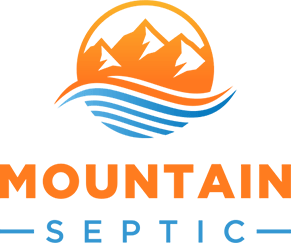Knowing what kind of septic tank system you have or its components can help you determine the:
- Needed maintenance schedules
- Way your tank is performing
- Way to address malfunctions
While you may feel overwhelmed or clueless when it comes to identifying the tank, it can be easier to identify your tank via its components. Below, we discuss common septic tank systems and components as well as the maintenance they need.
Aerobic vs. Anaerobic Systems
You might remember these terms from your high school biology class. Just like with cellular respiration, the main difference between aerobic and anaerobic septic systems is the presence or absence of oxygen.
You can tell which category your tank falls into; if your tank has an electric line running to it, it’s aerobic. Aerobic systems generally fall into two categories:
- Aeration. While both of these systems are typically housed underground, aerobic tanks rely on an aerator to inject oxygen into the tank. The oxygen pumped into the system stirs and distributes the bacteria. This pump typically needs to be replaced every 5 years.
- Biological media treatment. This is a complicated system that uses a pump to saturate a substrate to create colonies of beneficial bacteria that help process solids being added to the system. These systems are high performance and should have yearly maintenance performed to assess performance and monitor component degradation and failure.
Leach Field vs. Sewage Lagoon
Septic systems rely on either a drain field (also referred to as leach fields) or sewage lagoon to help process household effluent (waste). Lagoons are comprised of a large beamed depression, surrounded by animal fencing that uses evaporation and percolation to remove moisture from the effluent. Lagoons require consistent and long durations of sunlight, as well as freedom from an excess of vegetative growth; a good rule of thumb is no more than 1/3rd of your lagoon should be shaded or covered in vegetation.
Annual maintenance to reduce vegetation and erosion of your lagoon is vital to its long-term functionality. Fencing around lagoons is a safety feature; the fencing mesh must be tight enough to keep animals and children out, barbed wire is not an effective fencing option.
Leach fields are all the rage these days and are now more commonly installed than lagoons. Leach Fields, or Soil Treatment Area (STA), are bespoke systems designed specifically for each system based on several factors, primarily percolation rate. Let's avoid the engineering witchcraft and focus on what this means for you and your system; STA's are only designed to handle so much effluent every day, and overuse can shorten the life of the STA or cause effluent to pool on the surface of the ground. To avoid damaging or destroying your leach fields, you should:
- Keep vehicles and equipment off of the ground above your STA. Many people ask if it’s okay to drive over their leach fields. The answer is no—as you may crush the leach fields or compress the surrounding soil.
- Space out the time between laundry and dishes. Doing the laundry/dishes or activities that use a lot of water can overwhelm your septic tank system. If you flood the tank with water in a short period, the effluent may be released into the drain field before it is fully processed/broken down.
- Try to run full loads of laundry. Your septic tank system needs time to separate effluent solids and liquids (note: you should use a liquid detergent if you have any kind of septic tank system). Doing too many loads of laundry can lead to effluent solids going into your drain fields. Running full instead of partial loads can help give your septic tank the time it needs.
Auxiliary Components
Effluent filters are located inside the tank at the outlet. They are common but not mandatory and consist of a plastic mesh-like filter that keeps large solids from exiting the tank. If your system has one, it should be cleaned once per year.
Many customers wonder if garbage disposals are safe to use with their septic system; they are with a caveat. The rule of thumb is: Just because you have a disposal, it doesn't mean everything needs to go down it. Most tanks are made of concrete, which is susceptible to corrosion by hydrogen sulfide gas, which is released when bacteria break down sulfur compounds readily found in food, and particularly processed foods and condiments. You should avoid putting the following items down your disposal:
- Coffee grounds
- Fruit pits or rinds
- Rice
- Butter
- Pasta
- Fats, grease, or oil
- Flour
- Fibrous vegetables (like celery)
- Paper towels
Contact Our Experts at Mountain Septic
Mountain Septic is a trusted septic system advisor that services Durango and Southwest Colorado. We are known for providing our customers with efficient and comprehensive services at a fair and reasonable price. You can trust our experts to help you with your septic tank system by:
- Locating your septic tank
- Inspecting the tank
- Fixing any malfunctioning septic tank components
- Managing the installation
- Doing routine maintenance
- And more
To schedule an appointment or learn more about how we can help you, please contact Mountain Septic at (970) 238-7884 or via our online form.


